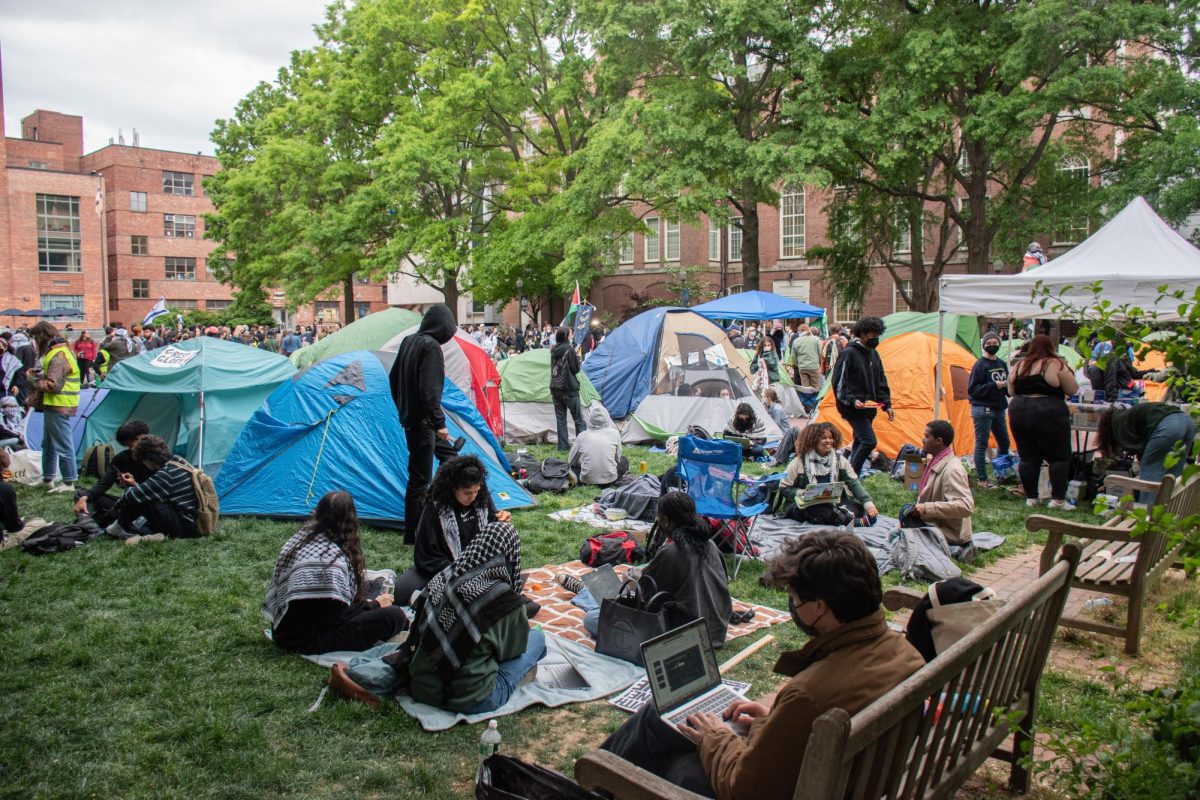University officials broke up a Riverside Towers party earlier this academic year that included about 70 people and underage drinking – a somewhat common occurrence on a college campus.
But this type of incident has become more significant because of a change in federal law that requires University Police to count incidents like this differently. Starting this academic year, UPD must report the number of individuals referred to Student Judicial Services, as opposed to the past policy of reporting the number of incidents.
Obviously, the numbers are going to skyrocket, UPD Director Dolores Stafford said. She added that the numbers will appear to have increased dramatically when, in reality, things will be the same.
In the past, UPD would have counted the Riverside party as one alcohol law violation that was referred to SJS. But new regulations stipulated in the Campus Security Act require that each person charged is counted separately.
Stafford said she is anticipating the significant increase in the annual crime report, scheduled for publication in October 2000.
As security officials on local campuses scurry to compile the annual crime statistics for the 1999-2000 academic year, many people are analyzing the effectiveness of the 1990 Campus Security Act and its more recent amendments.
The Campus Security Act requires institutions to make security-related information like policy, procedure, statistics and daily crime logs available to the public. UPD is required to provide all students and employees with the annual report. In addition, the police must provide information to any member of the public who requests it.
Stafford said these requirements are necessary because people need to be aware of campus crime. But she added that maintaining accurate statistics can be a challenge for campus law enforcers.
UPD defines campus crimes according to D.C. crime codes. At the end of the year, Stafford must translate these crimes into the standards established by the Federal Bureau of Investigation’s Uniform Crime Reporting system. For example, in D.C. a pick-pocket incident is classified as robbery, but the FBI would refer to it as a theft.
Stafford said she must go through 1,500 to 1,800 incident reports by hand before reporting the annual statistics.
It makes it a nightmare, she said.
Stafford, who is also the U.S. government relations chair of the International Association of Campus Law Enforcement Administrators, added that some schools probably accidentally misclassify crimes and therefore offer somewhat inaccurate statistics.
Officials at other universities disagreed. Darryl Harrison, associate director of Public Safety at Georgetown University, said reporting crime statistics is simple if officers use the UCR system and maintain the daily crime log accordingly.
We report the crimes that are reported to us, Harrison said.
The Campus Security Act addresses the problem of crimes that are never reported to UPD. Those officers who compile annual statistics must also get reports from campus administrators, residence hall officials, Metropolitan Police and others who might have discussed crimes with victims without necessarily filing an official report with UPD.
Police officials are responsible for insuring that one incident is not counted twice in the annual report.
In addition to enticing law enforcement officials to maintain more accurate records, the Campus Security Act also was intended to make information about campus crime more readily available to the public.
Supporters of the act said they expected these more open policies would also aid campus media trying to inform students about potential dangers. But 10 years after the act was initially accepted as law, mixed sentiment remains about whether campus newspapers have greater access to information.
Some editors at local campus newspapers said, for the most part, police officials cooperate with the press. Brett Zongker, the American University campus news editor of The Eagle, said the news editors print a weekly crime report taken directly from the campus crime log. He said the only time news editors have trouble with the police is when the investigator who maintains the crime log takes a few days off.
(The crime logs) are magically unavailable when he’s on vacation, Zongker said.
But Zongker said the American University police are otherwise forthcoming and helpful. He added that releasing crime information is in the best interest of the police and the public.
The Hoya, a Georgetown University student newspaper, has had similar experiences with the police.
Tim Sullivan, senior news editor and Georgetown freshman, said the police have maintained positive relations with the media despite high-profile crimes that took place on campus this year.
During the holidays, an on-campus menorah was vandalized in what was described as a bias crime. David A. Schick, a Georgetown junior, died after he suffered a head injury in an alcohol-related fight in March. Both incidents brought much attention to the university.
But Sullivan said Georgetown police officers were uneffected and maintained a working relationship with the campus press and professional media outlets. He added that sometimes the police directed reporters to the university’s public affairs officials.
To the best of my knowledge they never withheld public information, Sullivan said.
As a member of Georgetown University police, Harrison agreed, and said he characterizes the relationship between officers and the press as excellent.
He added that both the Washington media and campus press understand the limits of access to certain information.







